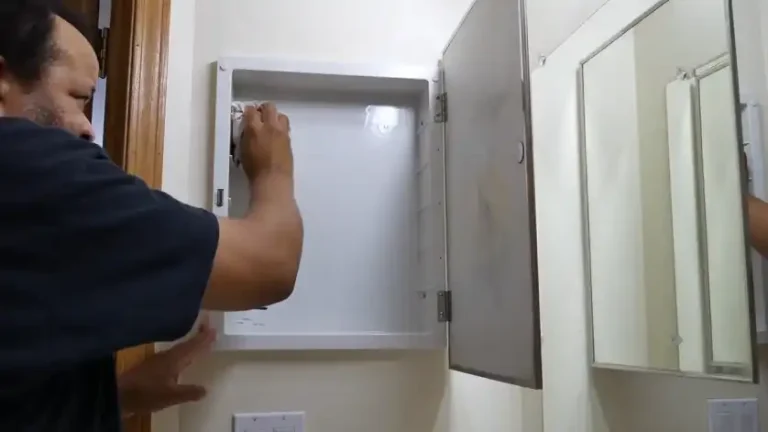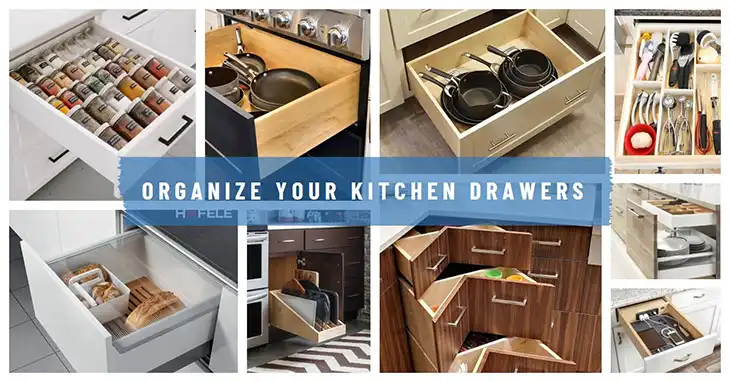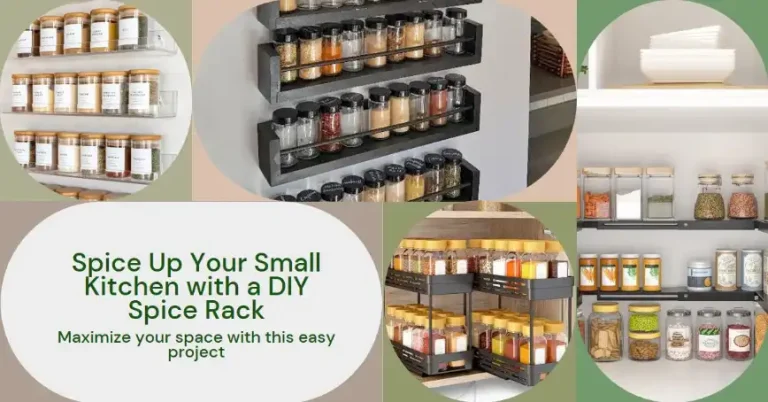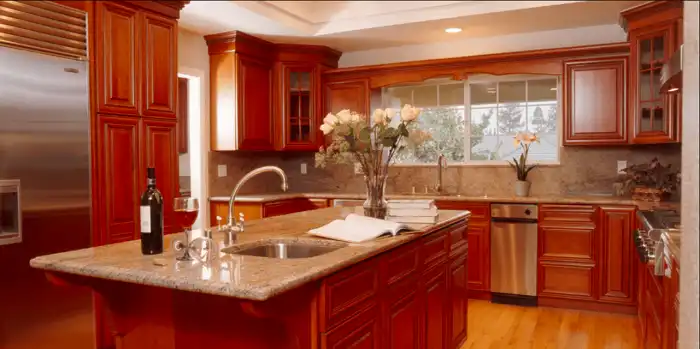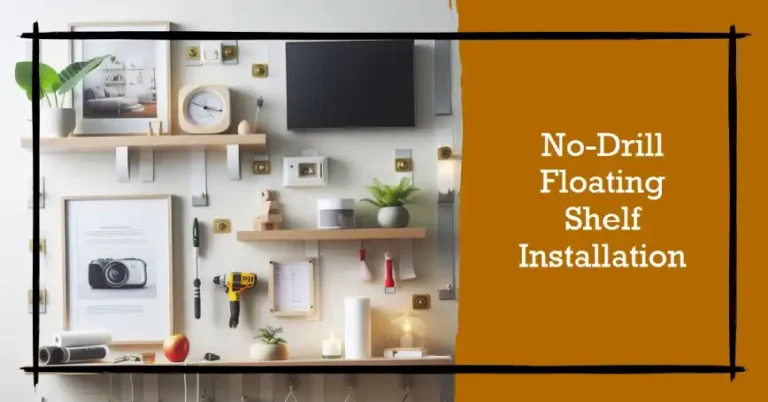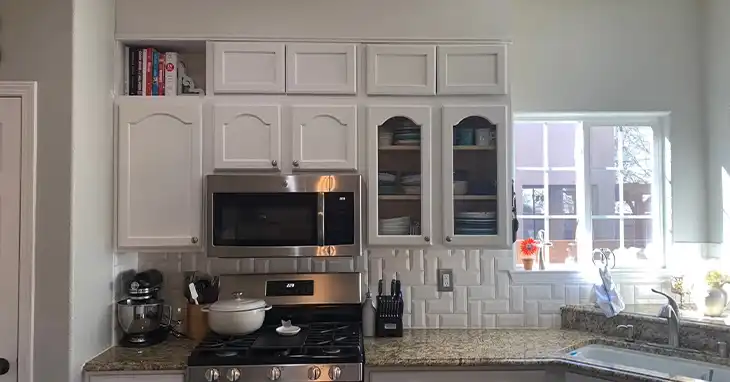Full vs Partial Overlay Cabinets | The Ultimate Comparison
Before we get into the debate, let’s define what cabinet overlays are. The overlay refers to how much of the cabinet box is covered by the door. A full overlay cabinet has doors that completely cover the frame when closed for a seamless built-in look. A partial overlay cabinet, on the other hand, leaves part of the cabinet frame exposed, giving a more traditional framed appearance.
The choice between these two styles is a matter of aesthetics, storage space, and budget considerations. On one side, full overlay cabinets boast sleek modern lines but come with a higher price tag. On the other, partial overlay cabinets offer classic charm and affordability while potentially sacrificing some storage capacity.
So which one you should go with? Let’s get deeper into the pros and cons of each to help you make the perfect choice.
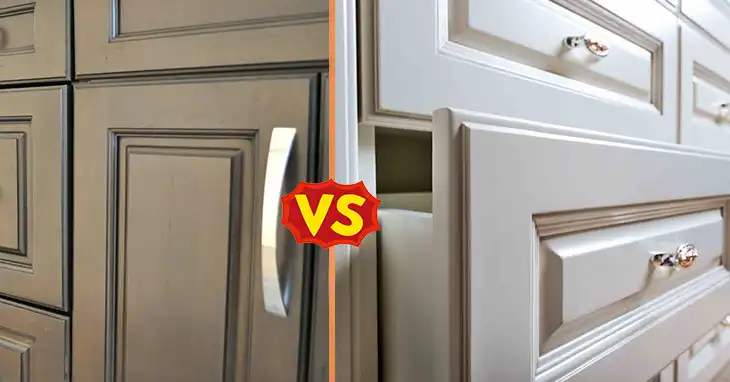
Full Overlay Cabinets: Pros & Cons
If you’re drawn to contemporary styles and seamless designs, full overlay cabinets might just be your match made in heaven. Here’s what makes them stand out:
1. Seamless Design and Sleek Aesthetics
Full overlay cabinets excel in creating a unified, streamlined look by hiding the cabinet frame entirely when the doors are closed. This design emphasizes clean lines and enhances the overall aesthetic appeal of the kitchen, making it appear more spacious and cohesive. It’s a perfect fit for modern, contemporary, and transitional kitchen styles that prioritize minimalism and sophistication.
2. Maximized Storage Capacity
One of the biggest advantages of full overlay cabinets is the potential increase in usable storage space. By eliminating the exposed frame, you can gain up to 15% more interior cabinet space compared to partial overlay cabinets. This makes full overlay an ideal choice for smaller kitchens or those who value ample storage.
For example, in a standard 24-inch base cabinet, a full overlay design can provide an extra 2-3 inches of usable depth, allowing you to store larger items with ease.
3. Effortless Access with Wider Openings
Since full overlay cabinet doors cover the entire frame, they offer wider openings, making it easier to access contents, especially in deep cabinets. This design reduces the risk of knocking items over or struggling to reach items at the back of the cabinet.
4. Soft-Close Hinges
A Luxurious Touch Full overlay cabinets seamlessly accommodate soft-close hinges, creating a quiet, smooth, and high-end closing experience that adds a touch of luxury to any kitchen. No more slamming doors or pinched fingers!
5. Versatile Design Compatibility
While full overlay cabinets are often associated with modern and contemporary styles, their versatility allows them to complement various kitchen aesthetics. They can effortlessly integrate into transitional designs, bridging the gap between traditional and modern elements.
Despite their numerous advantages, full overlay cabinets do come with a few potential drawbacks:
- Cost Considerations
Due to the use of more material, specialized hinges, and potentially more complex installation processes, full overlay cabinets tend to come with a higher price tag compared to partial overlay options. On average, expect to pay 15-25% more for full overlay cabinets.
- Hardware Requirements
Full overlay cabinets necessitate the use of drawer pulls, knobs, or other hardware for functionality. This may not align with the desired minimalist or hardware-free look some homeowners prefer.
- Potential Challenges with Existing Openings
If you’re renovating an existing kitchen, installing full overlay cabinets might require modifications or adjustments to accommodate the full overlay design, which can add to the overall cost and complexity of the project.
Partial Overlay Cabinets: Pros & Cons
If you’re drawn to traditional styles and warmth, partial overlay cabinets might just be the perfect fit for your dream kitchen. Here’s what sets them apart:
1. Budget-Friendly Option
One of the biggest advantages of partial overlay cabinets is their cost-effectiveness. Since they use less material and often require less complex hardware and installation, partial overlay cabinets can be up to 25% more affordable than their full overlay counterparts, making them an attractive option for those working with tighter budgets.
2. Traditional Elegance and Character
Partial overlay cabinets exude a timeless charm and elegance that perfectly complements traditional, farmhouse, or rustic kitchen styles. The exposed frame adds a touch of warmth and character, creating a cozy and inviting atmosphere.
3. Flexibility in Hardware Options
With partial overlay cabinets, you have the freedom to explore a wide range of hardware styles, from classic knobs and pulls to cup handles and more. This versatility allows you to add personal touches and creative flair to your kitchen design.
4. Potential for a Hardware-Free Design
In some cases, partial overlay cabinets can be designed without any visible hardware, creating a minimalist, hardware-free look. This is achieved by incorporating integrated pulls or using specific door styles that allow for easy opening without protruding knobs or handles.
While partial overlay cabinets offer their own set of advantages, it’s important to consider the following potential drawbacks:
- Reduced Storage Capacity
Due to the exposed frame, partial overlay cabinets typically offer 10-15% less usable storage space compared to their full overlay counterparts. This reduction in storage capacity may be a concern for those with limited kitchen space or those who require ample storage for their culinary needs.
- Visual Busyness
In kitchens with busy cabinet door styles or cluttered spaces, partial overlay cabinets can create a visually overwhelming look, potentially detracting from the overall aesthetic appeal.
- Limited Design Compatibility
While partial overlay cabinets excel in traditional settings, they may not seamlessly integrate into modern or contemporary kitchen designs where a sleek, minimalist look is desired.
- Hardware Compatibility
Certain hardware styles, like oversized pull handles or large knobs, might look out of place or clash with the exposed frame of partial overlay cabinets, requiring careful consideration during the design process.
Head-to-Head Comparison: Full vs Partial Overlay
To help you compare the two cabinet overlay styles at a glance, we’ve created a comprehensive comparison table:
| Feature | Full Overlay | Partial Overlay |
| Look and Feel | Modern, sleek, seamless | Traditional, warm, framed |
| Storage Capacity | Up to 15% more space | 10-15% less space |
| Cost | Higher (15-25% more) | Lower |
| Hardware Options | Requires visible hardware | Flexible options, including hardware-free |
| Design Compatibility | Modern, contemporary, transitional | Traditional, farmhouse, rustic |
| Installation Considerations | May require modifications for existing openings | Typically easier installation |
| Maintenance and Cleaning | Easier access for cleaning, but dirt/grime can show more | Exposed frame can collect dust/grease |
This table provides a quick overview of the key differences between full and partial overlay cabinets, allowing you to assess which features align best with your design preferences, storage needs, and budget constraints.
How to Choose Between Full and Partial Overlay Cabinets
With a clear understanding of the pros and cons of each cabinet overlay style, it’s time to dive into the factors that will guide your decision-making process:
1. Kitchen Design Style
The overall aesthetic you’re aiming for should be the primary consideration when choosing between full and partial overlay cabinets. If you envision a modern, sleek, and minimalist kitchen, full overlay cabinets may be the perfect fit. However, if you’re drawn to traditional warmth and character, partial overlay cabinets might better align with your vision.
It’s important to assess the flow and ambiance you desire in your kitchen. Do you prefer an open, streamlined look, or do you favor a cozier, more traditional vibe? Your answer will help steer you toward the appropriate overlay choice.
2. Budget Constraints
While both cabinet styles can be customized to fit various budgets, it’s essential to consider the potential investment required for full overlay cabinets. On average, expect to pay 15-25% more for full overlay cabinets compared to partial overlay options.
If budget is a primary concern, partial overlay cabinets may be the more cost-effective choice, allowing you to allocate funds towards other aspects of your kitchen renovation or design.
3. Personal Preferences
Beyond just the overall design style, it’s crucial to consider your personal taste and lifestyle preferences. Do you prioritize the sleekness and minimalism of full overlay cabinets, or do you find more warmth and character in the exposed frame of partial overlay designs?
Think about how you’ll be using your kitchen on a daily basis. If you’re an avid cook who values ample storage and easy access to ingredients and cookware, the maximized space and wider openings of full overlay cabinets might be more practical. However, if you have a smaller family or a more relaxed cooking routine, the charming appeal of partial overlay cabinets might better suit your needs.
4. Storage Needs
Assessing your storage requirements is another essential factor in choosing between full and partial overlay cabinets. If you have a larger family, entertain frequently, or simply need ample space for your culinary tools and supplies, the increased storage capacity of full overlay cabinets could be a game-changer.
On the other hand, if you have a smaller household or a more minimalist approach to kitchen organization, the slight reduction in storage space with partial overlay cabinets might not be a dealbreaker.
Wrapping Up
Ultimately, the “perfect” choice is the one that aligns with your unique vision, practical requirements, and personal preferences. Embrace your individuality and trust your instincts, but don’t hesitate to seek guidance from professionals who can help navigate this crucial decision.
Whether you opt for the seamless sophistication of full overlay cabinets or the warm embrace of partial overlay designs, the journey to your dream kitchen starts with making an informed choice that reflects your style and meets your needs.

